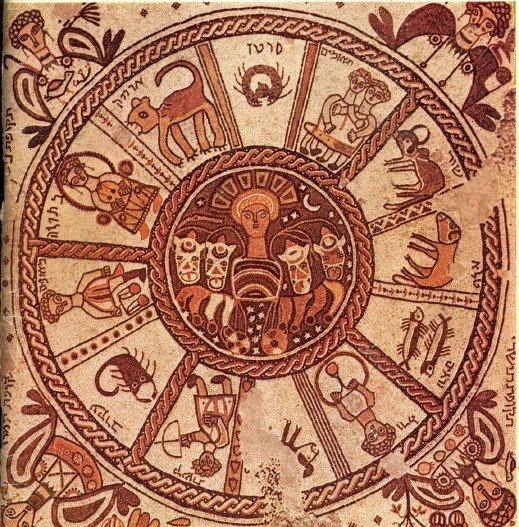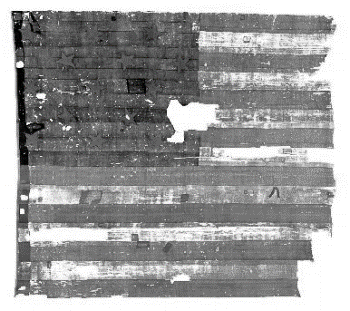We probably don't think about our calendars too much. No, I'm not talking about the appointments we write on the calendars, or the pictures of puppies and/or shirtless fireman above them, I'm talking about the setup of the calendars themselves. What's with all of that shit? Twelve months? Leap Years? What the fuck?
Well, pretty much like most things in western history, it all started with the Greeks. There are a few things you need to know about the Greeks to understand why they needed a calendar, and no, one was not the fucking of underage boys, though they were totally into that. First, the Greeks had all sorts of festivals to a myriad of different gods, all of whom tended to get super pissed if their festivals weren’t on the right day. Due to this, the Greeks became super anal retentive about describing things as specifically as possible. It wasn't good enough to remember that one spring when Testicles got kicked in the nards by a bull, they wanted to be able to remember it down to an exact point in time. As a result of all of this, the Greeks got super good at math. The Greeks, being observant fucks, noticed that a full moon showed up about every 29 days or so, and that this happened a little over twelve times from one winter to the next. So being clever bastards, they devised themselves a twelve month calendar. Now of course this didn't work perfectly, since there were a lot of extra fractions of days and months not accounted for. To deal with this problem, the Greeks added a thirteenth month every two years or so to balance the calendar back out.
Now one would think having a calendar would make things simpler, but it really didn't. The Greek cities could never agree on anything, including what to name each month and what to call the bonus thirteenth month, so depending on where you went the date could vary pretty wildly. This got even more confusing as different groups, one of which being the Romans, started adding days to certain months in order to cut down on the number of days needed for the thirteenth bonus month. To further keep everything as out of whack as possible, when and for how long the bonus month occurred was usually chosen by whomever was in charge, who often did things based more on politics and whim rather than actual mathematics.
If you think that all of this sounds pretty fucked up, then you are thinking along the same lines as Julius Caesar. When he came to power in Rome around 45 BC, he reformed the calendar by adding days to many of the months and scrapping the whole thirteenth bonus business all together. However, since the math still didn't quite work right, because Mother Nature loves fractions, he added a Leap Day every four years. This new calendar, called the Julian calendar, spread across the Roman Empire, and is the basis for the names and lengths of each month which we enjoy today. The number of days in each month were selected by Julius Caesar on the basis that he was Julius Caesar and people had to do whatever the hell he said.
The Julian calendar remained in place for centuries until the late 1500's, when mathemagicians, getting ever better at calculating fractions, noticed that the Julian calendar was gaining a quarter day every century, or three days every four centuries, which might not sound like a lot, but it meant that by the 16th century, the Julian calendar was off by ten days. To make up for this, Pope Gregory XIII declared in 1582 that the Leap Day would be periodically skipped three years out of every 400 years. This new calendar, called the Gregorian calendar, was widely accepted in Catholic countries, but despised for a long period of time in Protestant countries who somehow saw it as some kind of Papal plot, which might seem confusing until you remember that this was the 16th century. The whole of Europe didn't make the switch to the Gregorian calendar until 1918, with Russia being the last holdout. The communists might have hated capitalism, but by god, they liked consistency in their dating system.
Anyways, all of this is not to say that there weren't calendars developed all over the world, because there were, thousands of them. However, there are only three countries today that don't use the Gregorian calendar. Why is that you might be asking? Well, the same reason that most global standards are based off of European standards, because they were the best at making guns and giving other people diseases, they had awesome stuff to trade, and they absolutely refused to deal with anybody who didn't agree with them on what day it was.
Image: https://commons.wikimedia.org/wiki/File:Beit_Alpha.jpg



